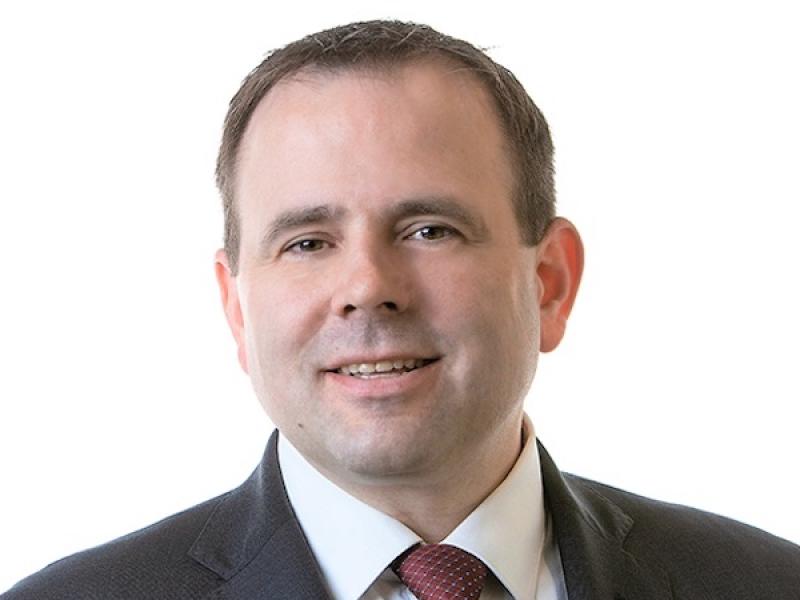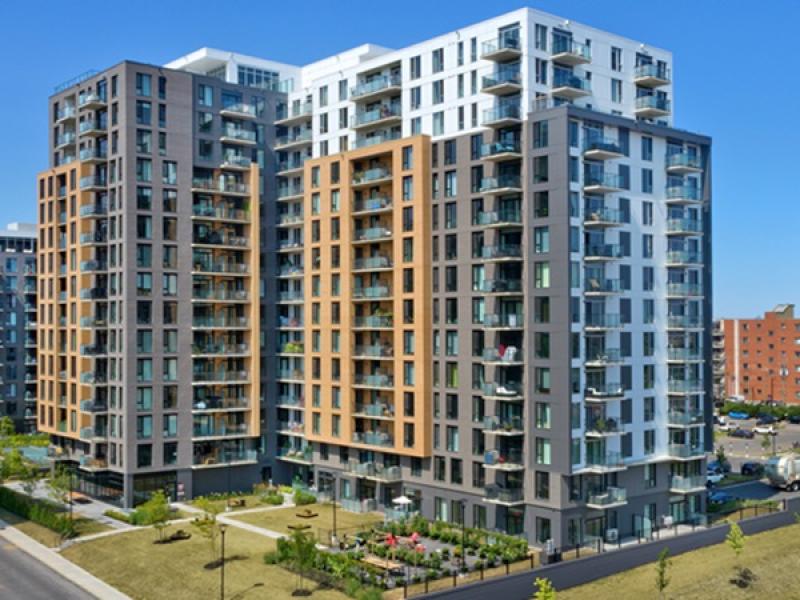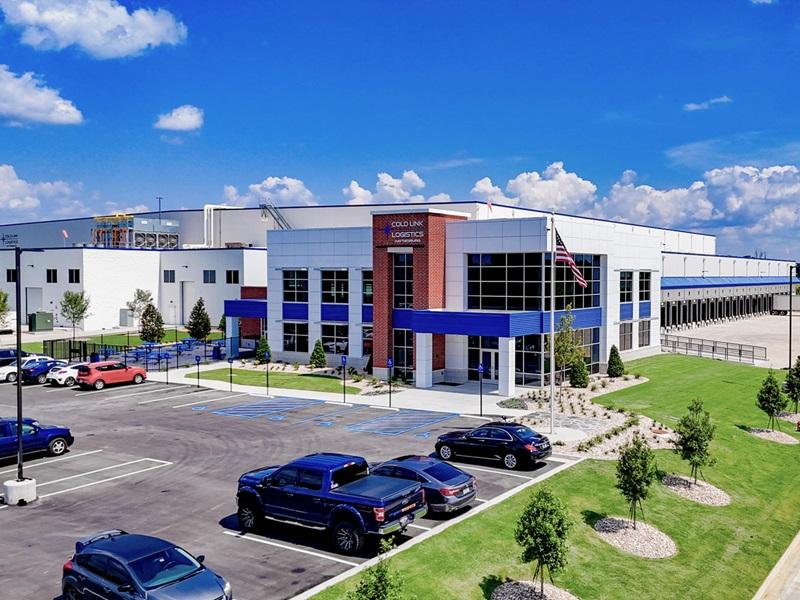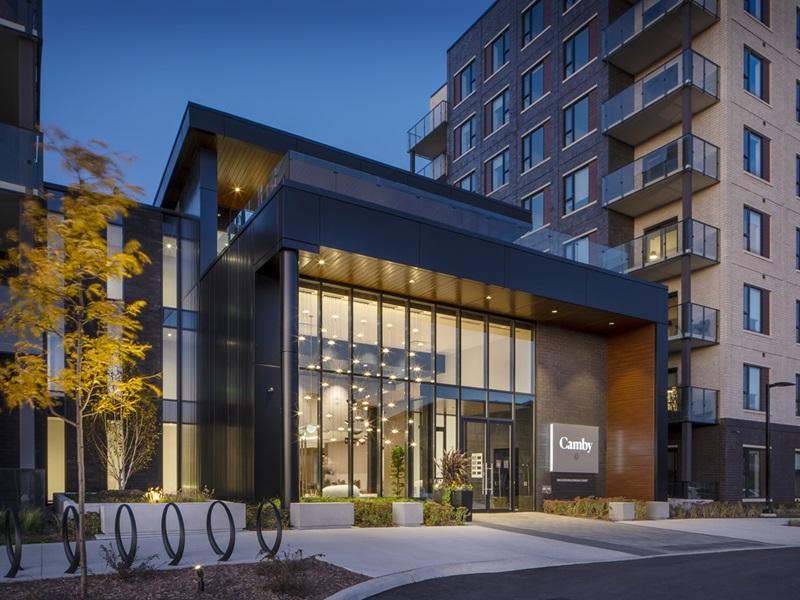
Rapidly growing multifamily and industrial developer Plan A immobilier plans to go public on the TSX within three years to fuel its growth outside of Quebec, says CEO Sami Hajjar, the company’s owner and founder.
“To grow at the pace we would like, we need exposure on capital markets,” Hajjar told RENX. His Laval-based company currently has about $1.3 billion in real estate holdings and about 3,500 units under construction.
Hajjar said being a public company would enable Plan A to bring its multifamily rental concept - which he describes as “resort-style living” - to markets such as Toronto and the U.S.
“Our plan is to be a leader, not a follower. For us to be the leader, we need the big cash” that comes from being a public company, he said. Few large companies are private; most are public, noted Hajjar, whose company currently has 150 employees.
Hajjar plans to maintain a majority 51 per cent stake in Plan A when it goes public, he said.
While operating mainly under the radar, Plan A has been growing 30 per cent per year, “while maintaining the same profit, debt and operations ratios,” he says. “Our business model is solid.”
Although the company has some smaller multifamily rental holdings in cities such as Sherbrooke, Laval, Montreal and Jonquière, it specializes in building “massive projects, like 500 units, 1,000 units, 1,300 units,” Hajjar said.
“Our concept is we build resorts; we don’t build units. You live in it as if you’re in a resort,” with amenities that include fitness centres, pools, lounges and bars.
Plan A's multifamily developments
Some of its biggest residential developments are in Vaudreuil, west of Montreal, where it has 1,400 units in the Cara (now under development) and Vela projects.
On Saint-Martin and des Laurentides boulevards in Laval, Plan A is building Elora, which consists of about 1,200 units in two phases.
In Brossard, on the South Shore of Montreal, Plan A will invest $400 million to build 900 units in four towers on a site bounded by Des Prairies Road and du Quartier Blvd., next to the Dix-30 development and near a REM station. The land was purchased from Iberville Developments.
Construction starts next June and will continue for five years.
In return for Plan A giving green spaces at the site to Brossard, the city is allowing Plan A to build eight-storey towers at the site, instead of four storeys, Hajjar says
Half of the units will be one-bedroom, 40 per cent two bedrooms and 10 per cent three bedrooms.
Two- and three-bedroom units will have two bathrooms, something “the tenants love,” Hajjar says. When a potential tenant “sees two bathrooms in a two-bedroom and then they go somewhere else and see one bathroom, they’re coming back, trust me.”
On land also bought from Iberville Developments in Candiac on the South Shore, Plan A plans to build its biggest multifamily development yet. Hajjar hopes construction of Jade, a $750 million, 1,500-unit project that will incorporate an elementary school, will begin by the middle to the end of 2026.
Major industrial development under way
While residential comprises the bulk of Plan A’s holdings, small bay industrial makes up 30 per cent of its business.
“I don’t have a 500,000 square foot (industrial) tenant. My biggest tenant is 80,000 square feet. My smallest tenant is 2,000 square feet,” he said. “Fifteen thousand square feet is where the market is today.”
Plan A has a $300-million, one-million-square-foot industrial project in development in St-Jérôme, 35 miles north of Montreal. “We got lucky,” Hajjar said, noting the major tenant is Intelcom, which distributes for Amazon. In the wake of Amazon’s recent decision to close its warehouses in Quebec, “we are building like crazy for (Intelcom) now.”
However, for the most part, “we’re on a hold for industrial. I don’t think the market’s going to be that good for a long time. I think we’re on a downturn, so we don’t want to be stuck with big projects.”
Hajjar adds major players with retail strips that they want to densify are negotiating with Plan A. “They want us to partner up with them on their sites” to build residential.
Hajjar and Plan A's history
Hajjar got his start in real estate around 1998 when he founded a company called Saga and bought his first building, a duplex on Saint-Antoine St. in Montreal. Several acquisitions followed.
Plan A was formed in 2016 or 2017 and is so named because “Plan A is always your first choice. We don’t have a Plan B.”
The company operates under a five-year planning horizon and “every place we invest in has to have a return,” Hajjar said. “We don’t do land plays. Land plays kill you. Sitting on land and paying interest and taxes is not an investment for me.”
If land prices and locations are not right, “we don’t do a transaction. We are very disciplined in our actions and we’re not downtown players. We’re suburbs players.” Average rents cannot exceed $3,000, he says, and “our core rent is between $1,700 and $2,500.”
Hajjar adds that real estate requires time and “we have the time. We have buildings that are generating tremendous cash flows, so they sustain our growth.”
With residential real estate, “you need to be patient. It’s not a money play in one year. It’s a long-term play.”










